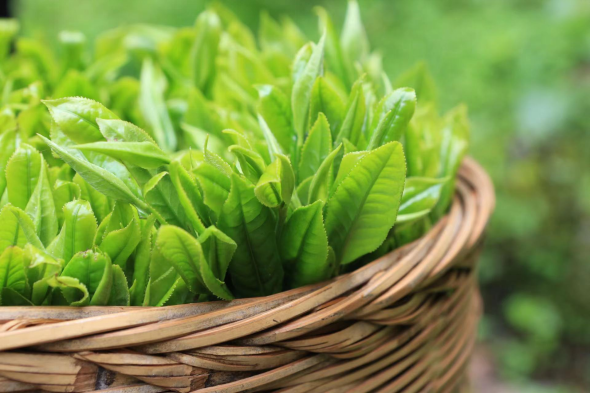Editor's note: The moist clouds that ring Huangshan Mountain – with an area of 160 square kilometers in Anhui province – are believed to form a natural layer of shelter, blocking the sunlight and allowing the tea leaves cultivated there to produce more nitrogen content and that gives them their distinctive aroma.
As a result, the celebrated Huangshan Maofeng, Taiping Houkui and Qimen Black Tea produced in Huangshan have won worldwide popularity. They were also added on Nov 29 to the Representative List of the Intangible Cultural Heritage of Humanity compiled by the United Nations Educational, Scientific and Cultural Organization.

Taiping Houkui is one of the best known locally produced green tea varieties in Huangshan. [Photo/WeChat ID: gh_fddd8e6b4139]
Taiping Houkui has been grown at the foot of Huangshan Mountain since the Ming Dynasty (1368-1644) and it was harvested for emperors during the Qing Dynasty (1644-1911).
The best of the crop is said to be grown in the villages of Houkeng, Hougang and Yanjiachun. It is renowned for its "two knives and one pole" – two straight leaves clasping the enormous bud with white hairs.
The oven-made leaves are deep green in color with red veins underneath. The tea shoots can be as long as 15 centimeters.
This tea can be brewed four times. In general, enjoy the pleasure of its orchid fragrance when firstly brewed; for a second brewing, enjoy the mellow taste. The following third and fourth brewing look for the delicate fragrance that remains.

